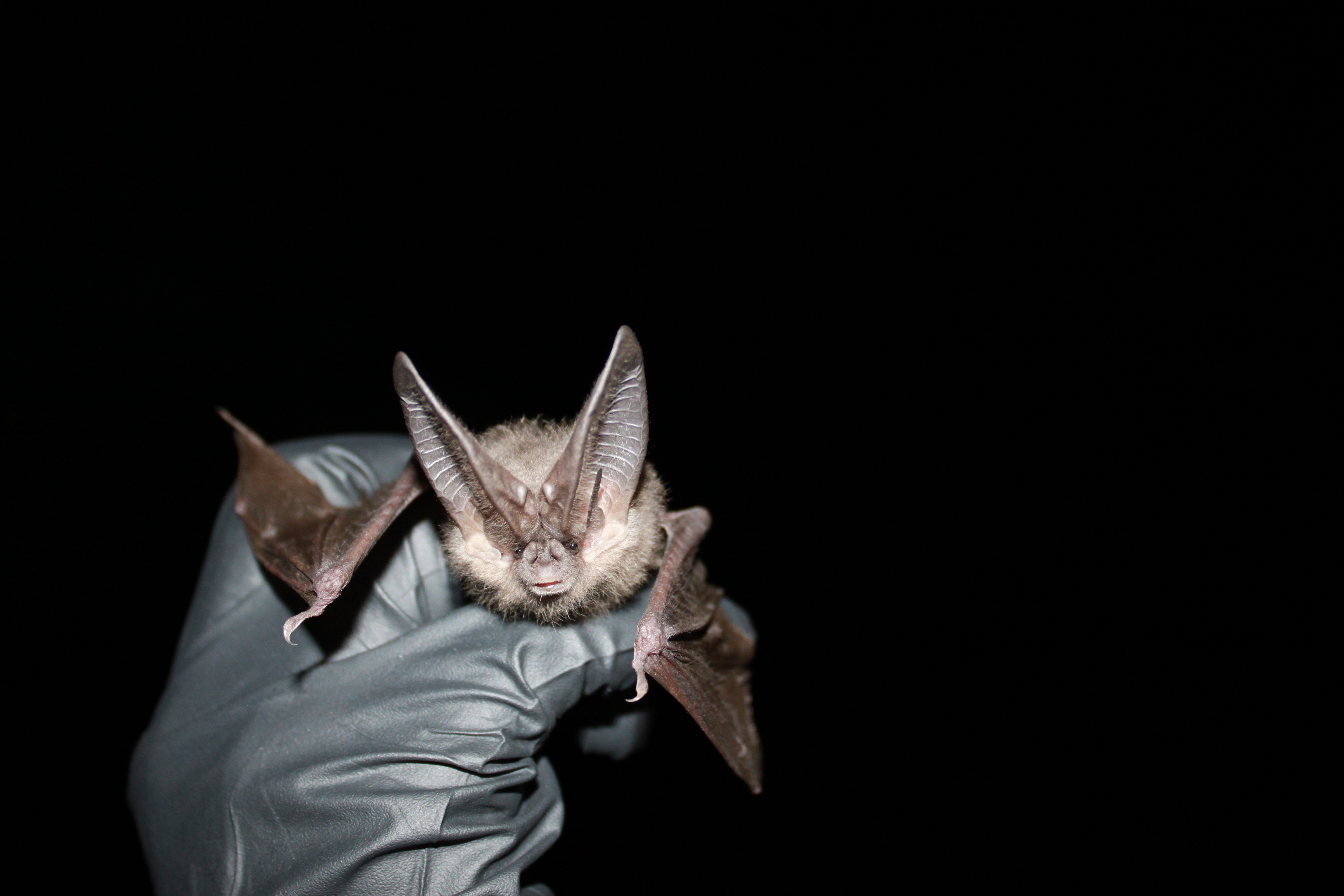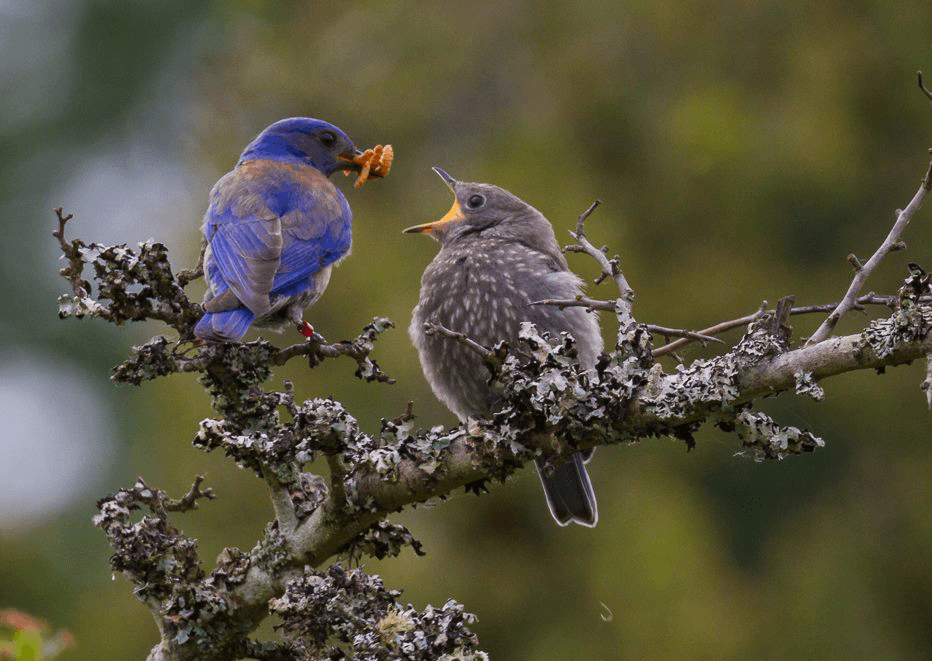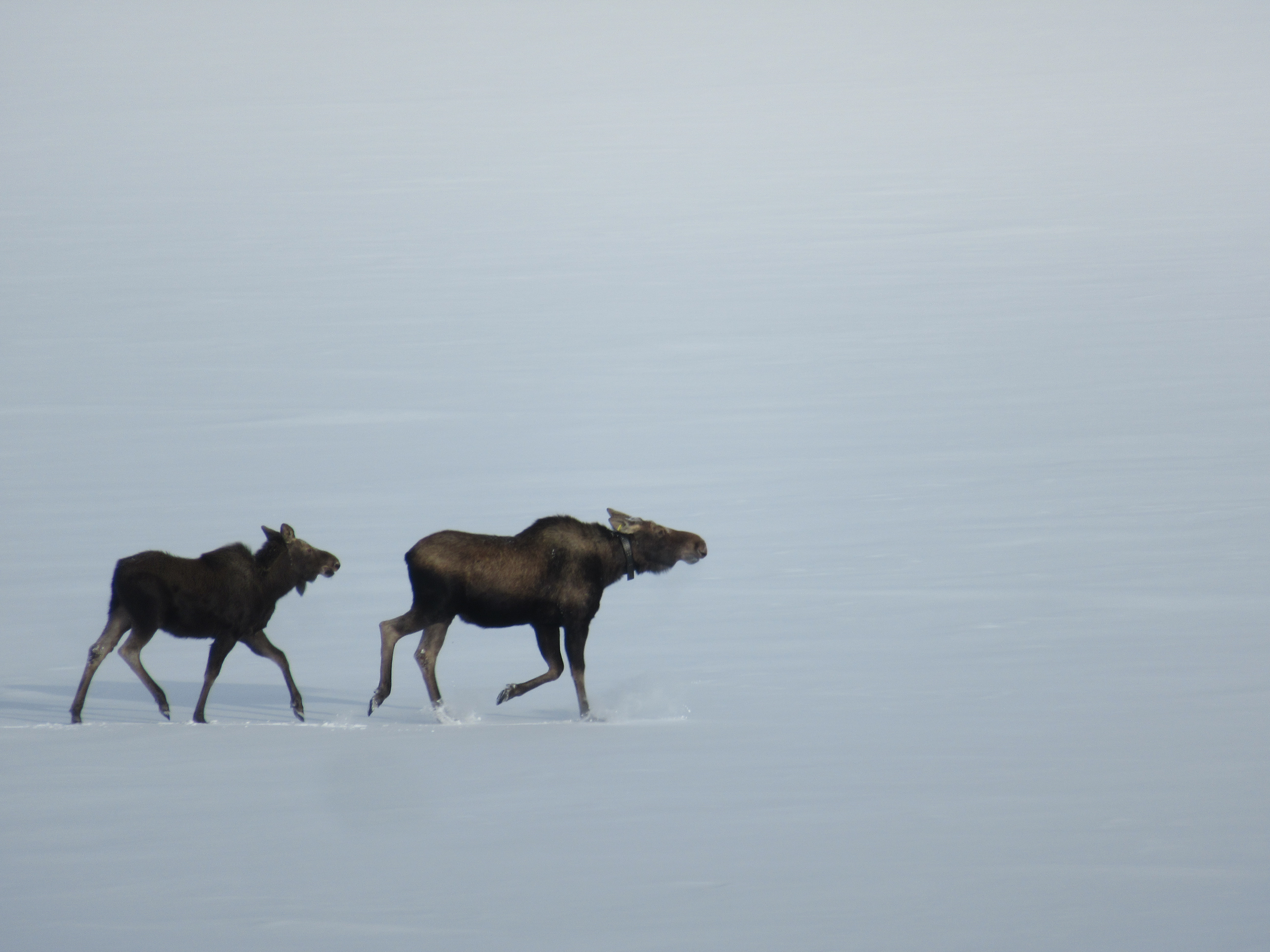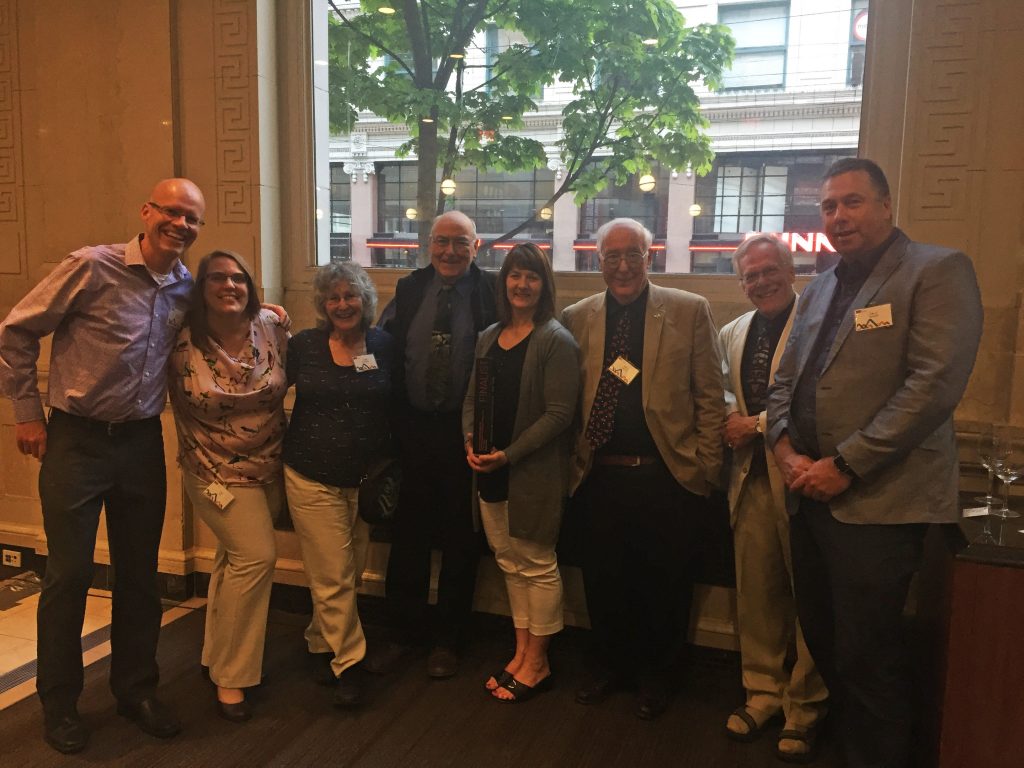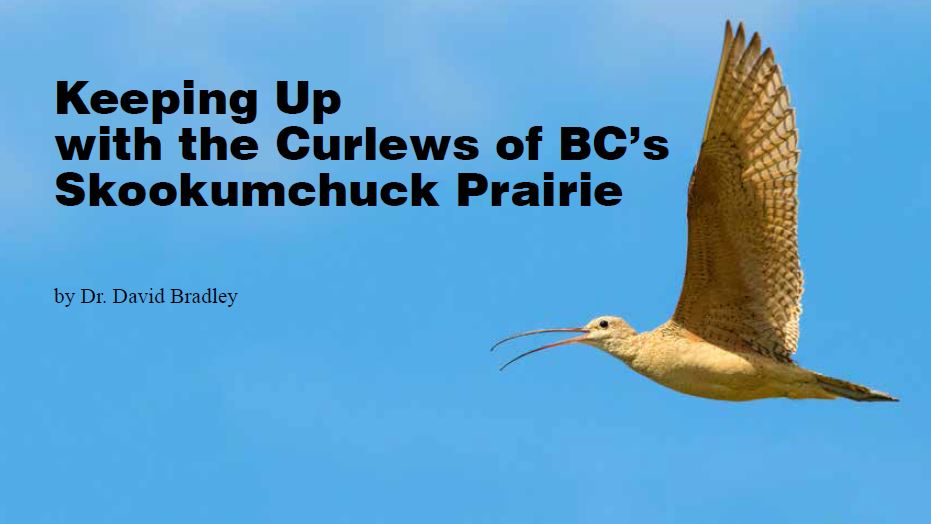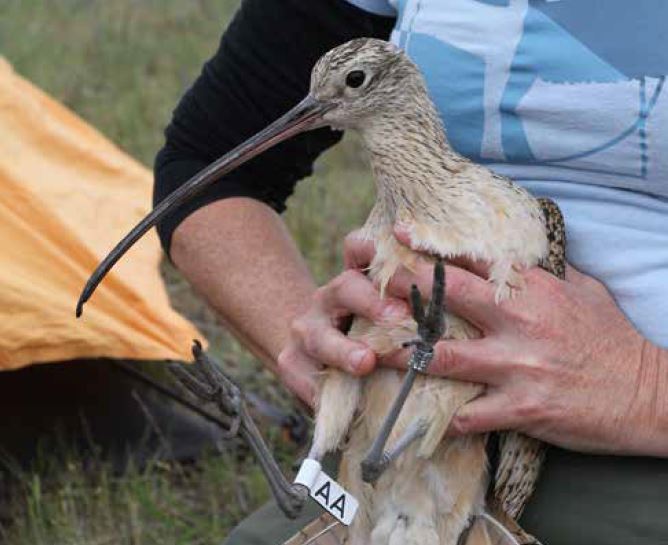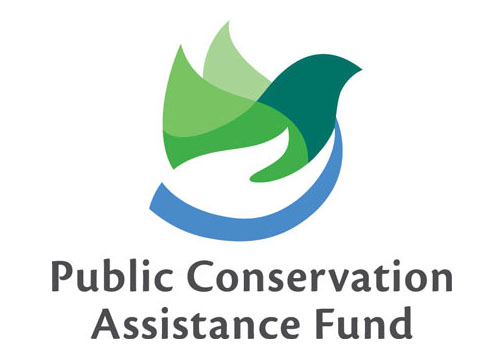Today marks the opening of an interactive and interpretive trail in Tsútswecw Provincial Park built on the traditional territory of the Secwépemc people. The trail uses technology to tell the story of native plants and landscape features through the voices of local youth.
Members of the public are invited to celebrate the power of story, nature and culture, and discover the rich history of the land. Visitors will scan signage along the trail to hear students from Chase Secondary School’s Secwépemctsin language class share what they learned from their elders. You can listen to the Story Trail stations by clicking on the image below to visit the interactive map on the BC Parks Foundation website.
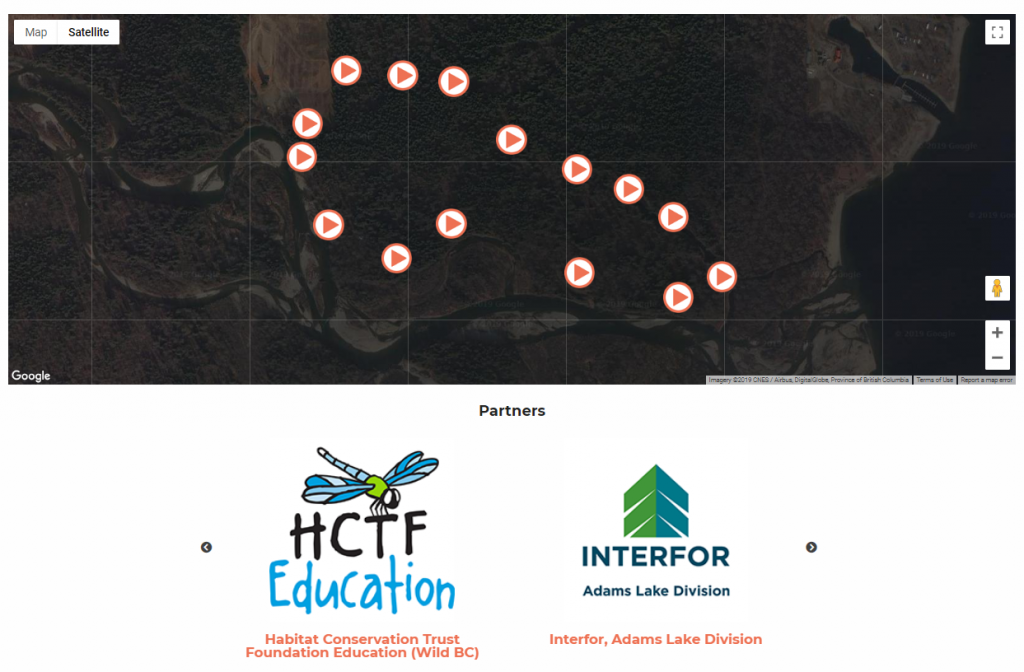
Visit the BC Parks Foundation’s website to listen to the story trail stations on their interactive map.
The Habitat Conservation Trust Foundation (HCTF) Education program helped support the Story Trails project by covering the class’s transportation costs to and from the park, providing honorariums for elders and having WildBC facilitators work with the students and teachers. The Story Trails project is one of multiple HCTF Education-supported initiatives at Chase Secondary. The school was chosen as a pilot for HCTF’s new high school LEAP (Leadership Environmental Action Projects) granting program. As part of the pilot, Chase’s Biology 11 class brought their stream and watershed studies to life through hands-on field experiences at nearby Chase Creek. Chase students also helped younger students at Haldane Elementary with garden box plantings and Earth Day events. A dozen Chase students were even trained as Park Ambassadors for the Adam’s River Salute to Sockeye event.
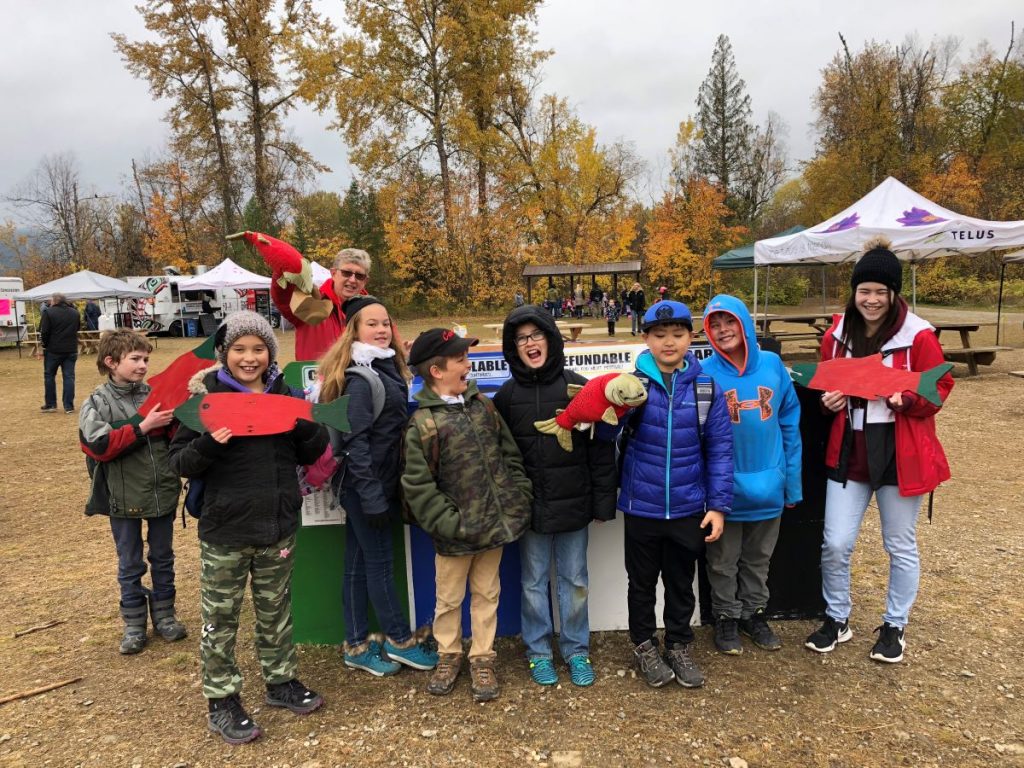
Chase Secondary School Salmon Ambassadors worked with younger students and HCTF Education WildBC Facilitator Brenda Melnychuk to educate Salute to Sockeye participants about composting and recycling.
BC high schools interested in provided similar learning opportunities for their students are encouraged to check out the new LEAP grant program. Grants of up to $5000 are available for science, environmental or career courses focused on opportunities for students in environmental and conservation sciences. This year’s application deadline is June 15th. For more information, visit https://www.hctfeducation.ca/c2c-community/leap-grants/





